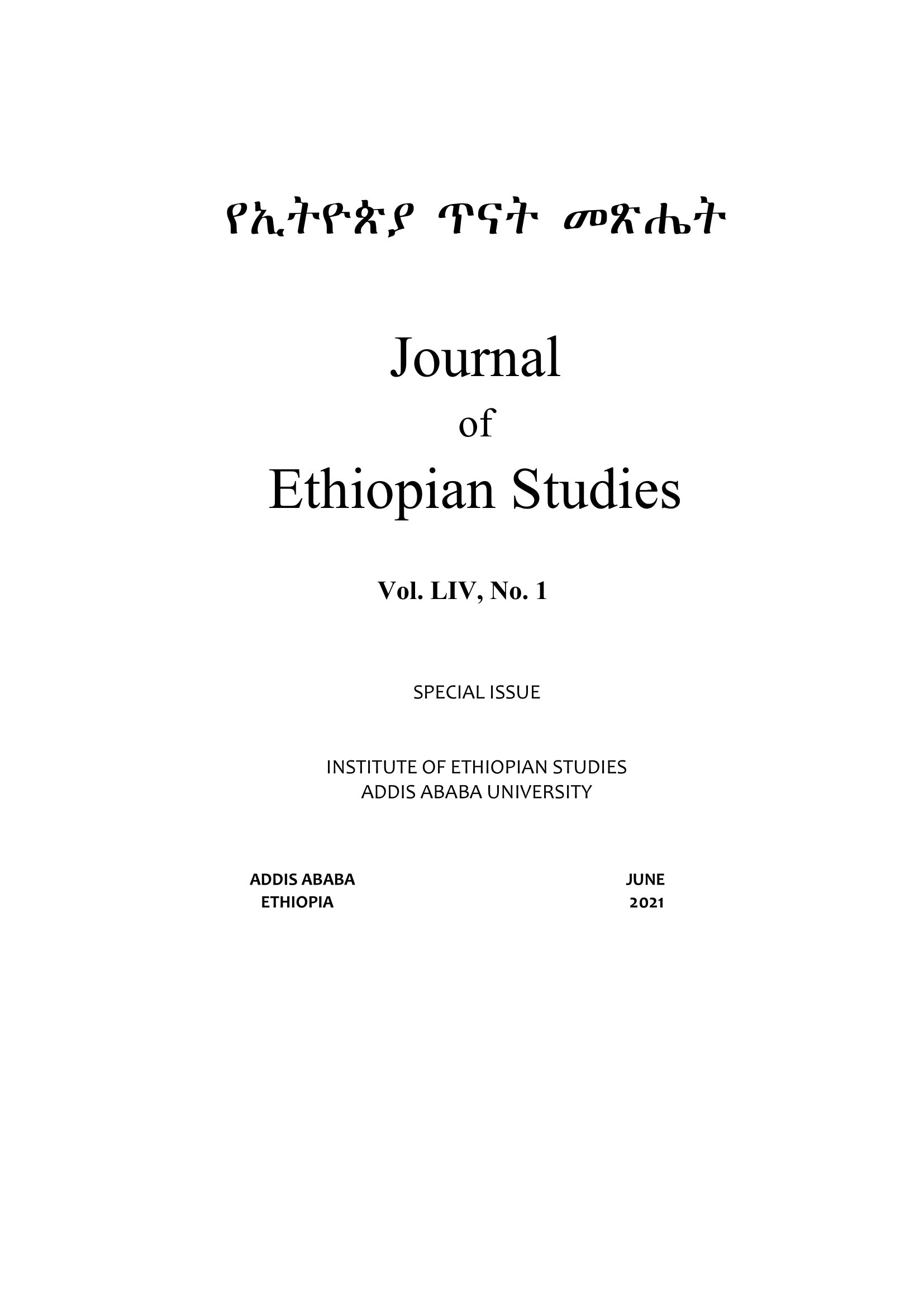Comparative Study of Villagization under Two Regimes in Ethiopia: Case Study of Guji-Oromo and Mao-Kommo Areas
Abstract
This is a comparative study of villagization programs in Ethiopia under two different regimes. Comparisons were made in relation to the objectives of the programs, implementation modalities (forced/voluntary), and the likely short and long-term effects of the programs on the social, economic, political, and environmental lives of the study populations. Different methods that include interviews, focus group discussions (FGDs), and observations were employed to collect the data upon which the writing of this paper was based. While there are similarities between the two regimes with regard to the objectives of the program, there are differences in their implementation modalities and the provision of infrastructure and basic social services. Both regimes recorded poor achievements in areas of economic and environmental development objectives, and thus serious consideration should be made in the planning of these important areas for meaningful transformation.
